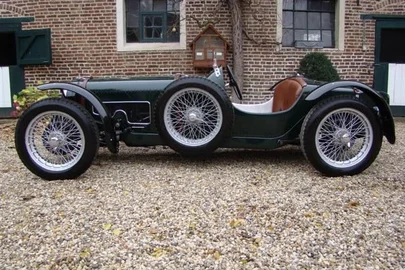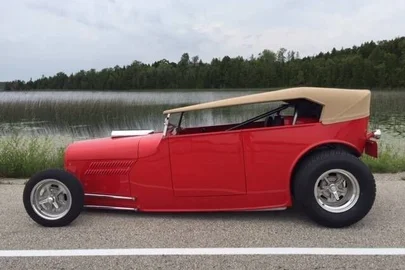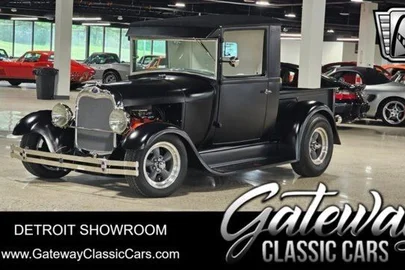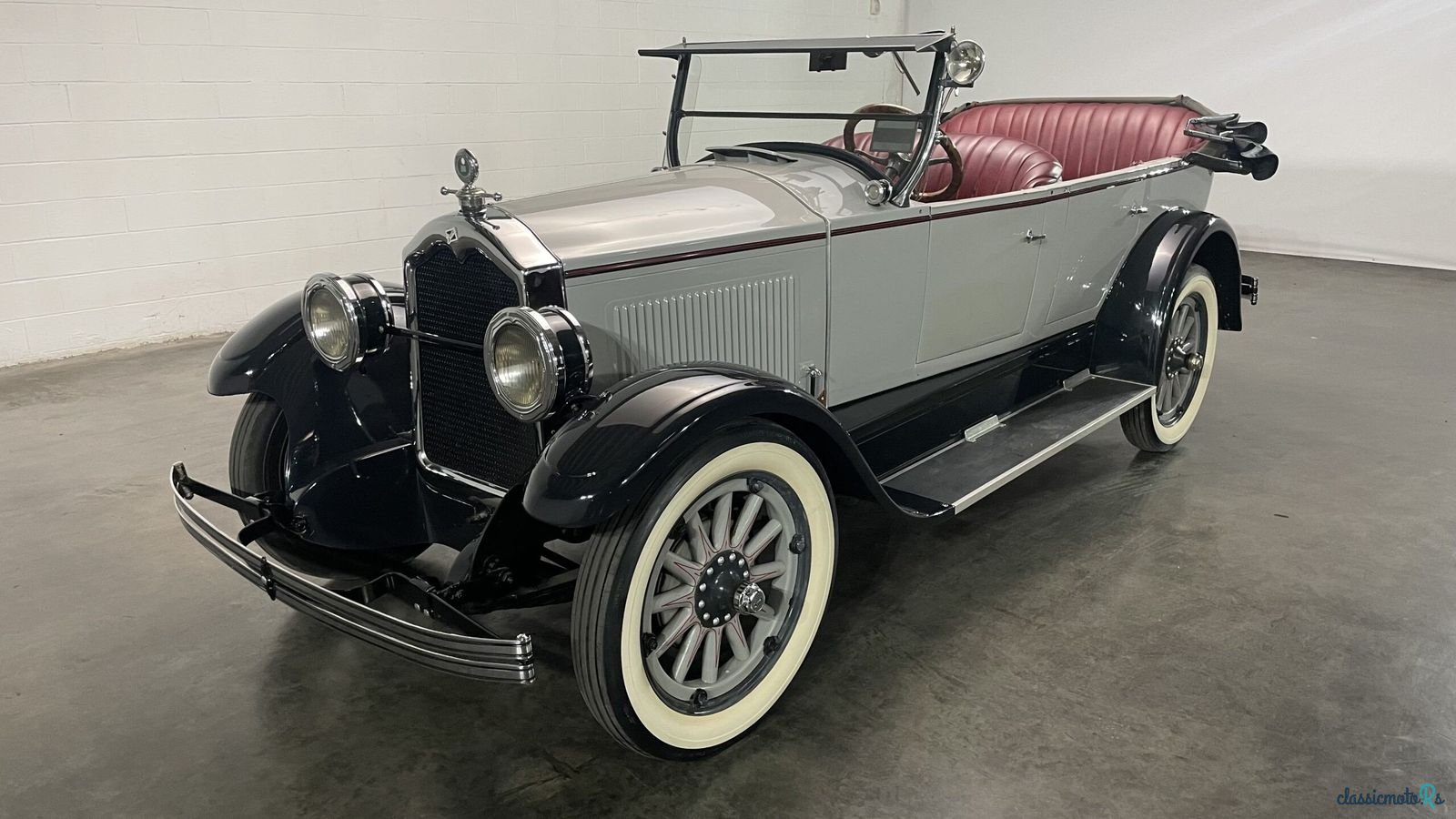
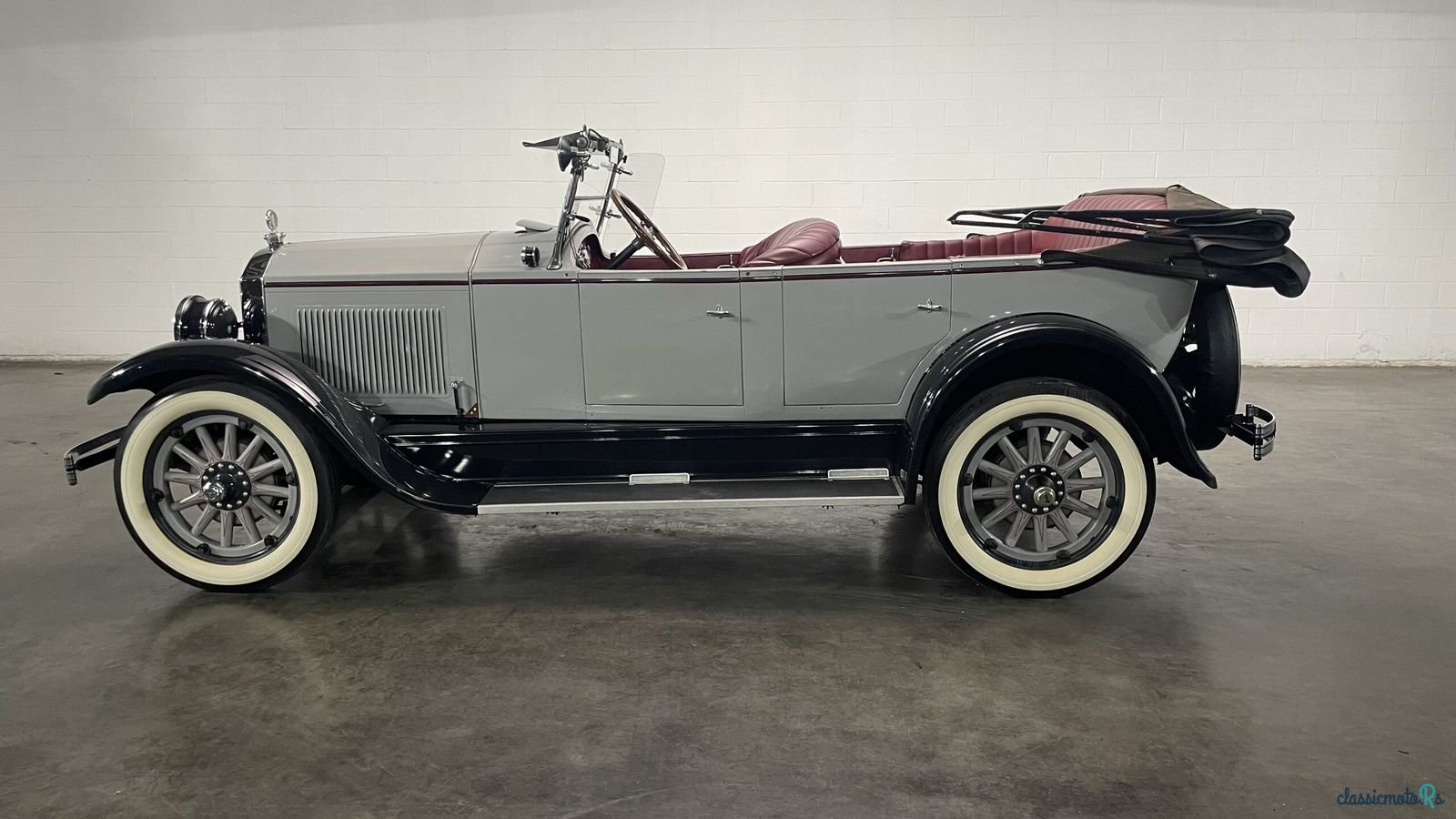
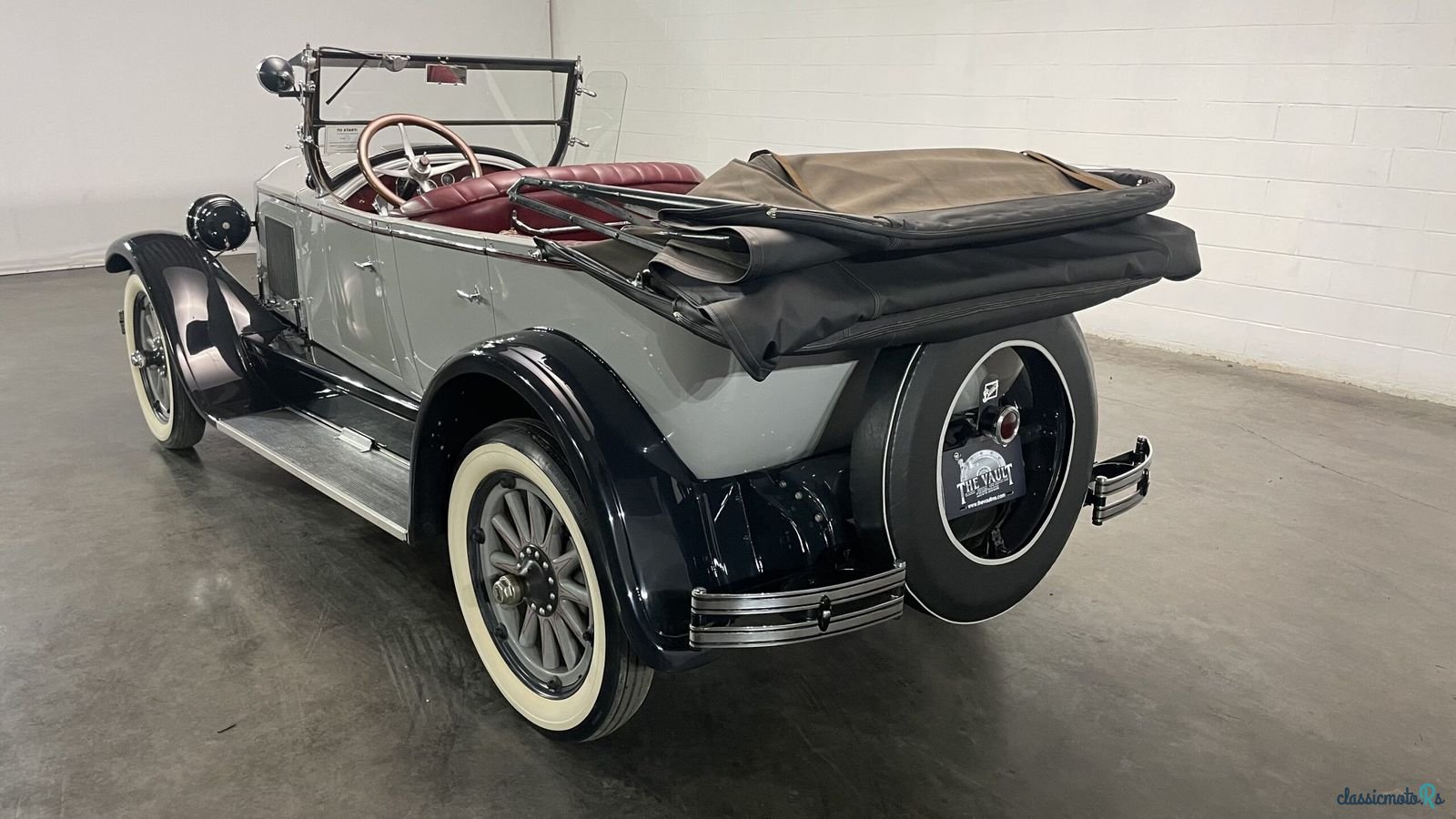
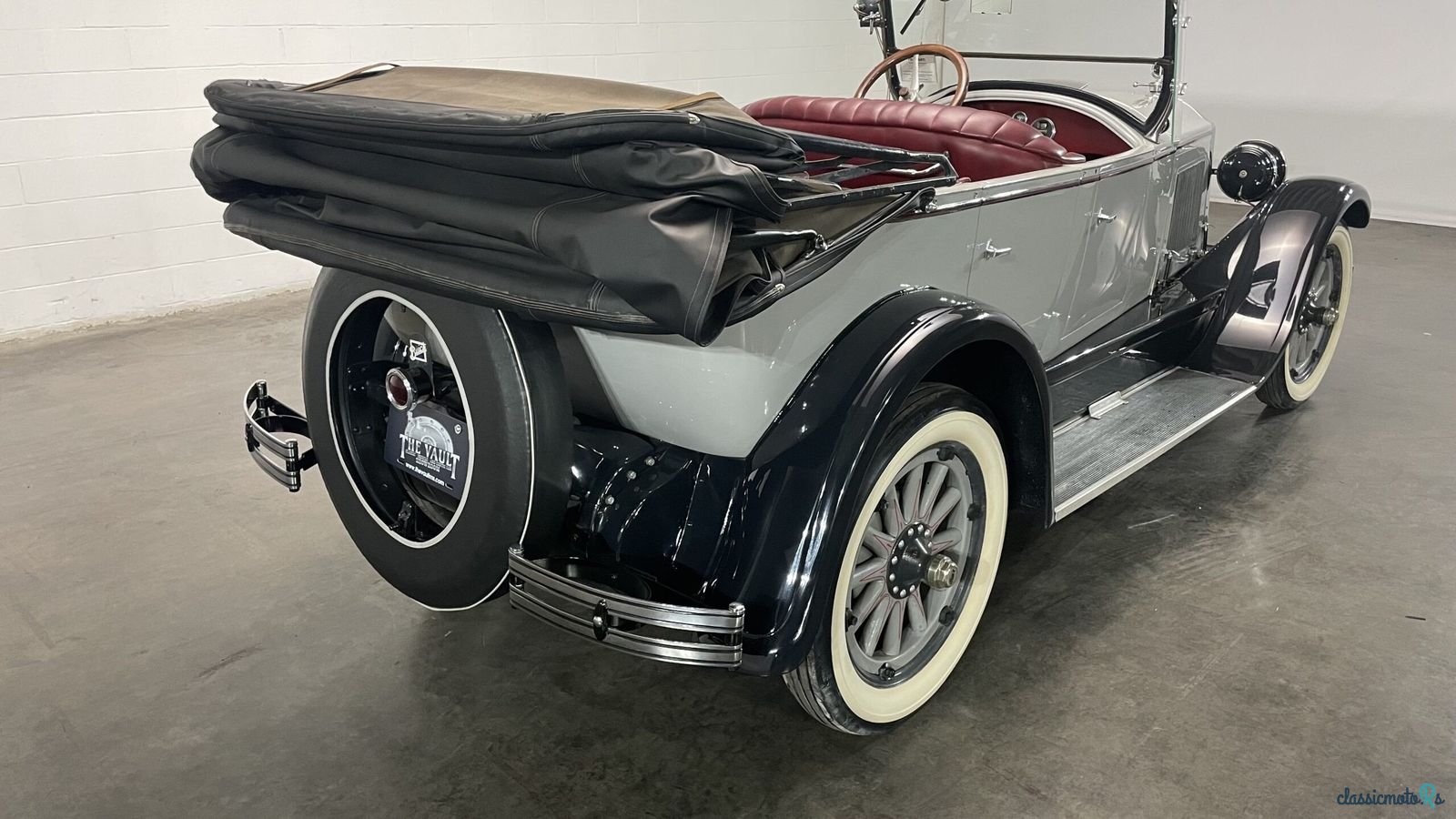
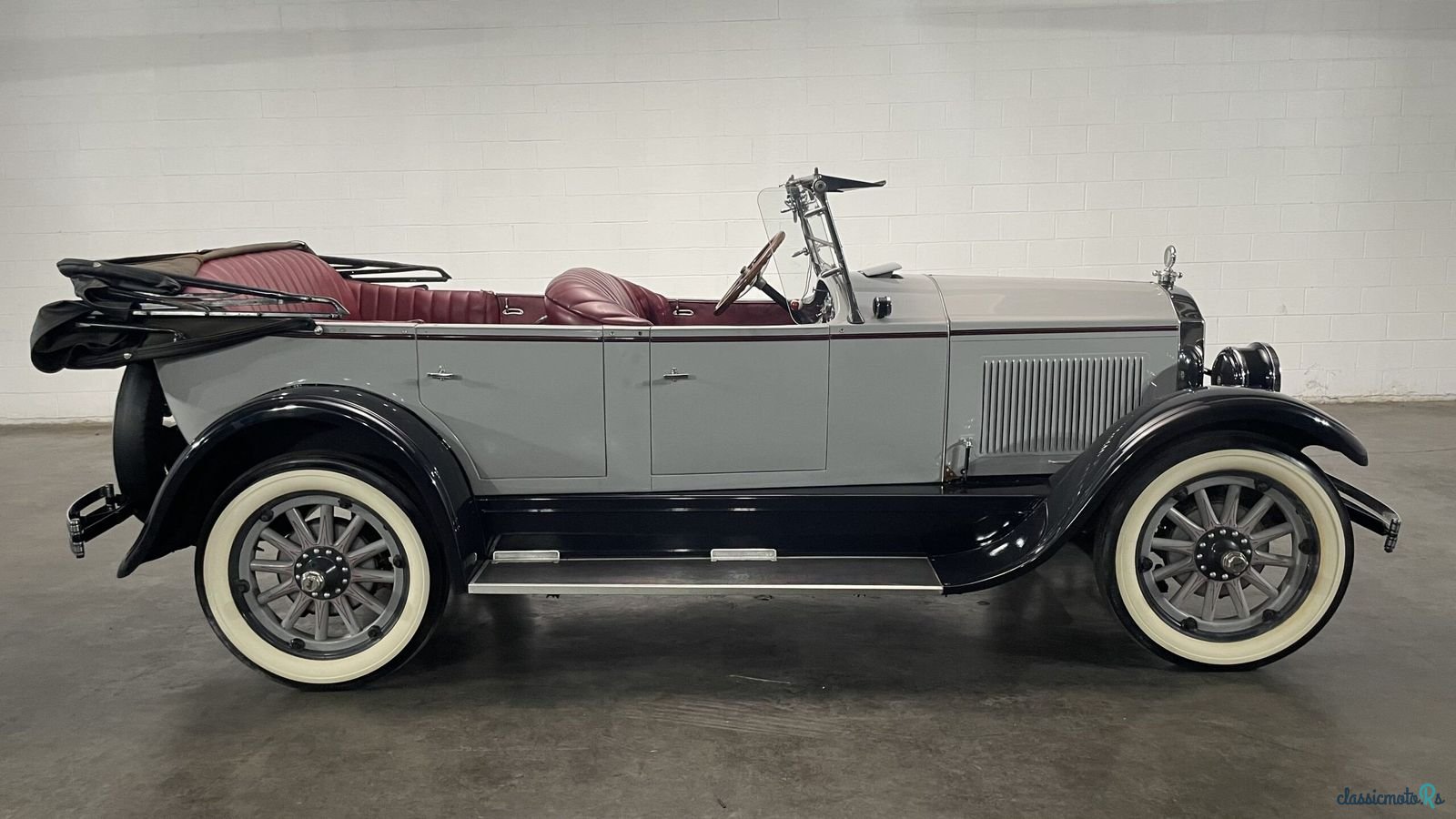
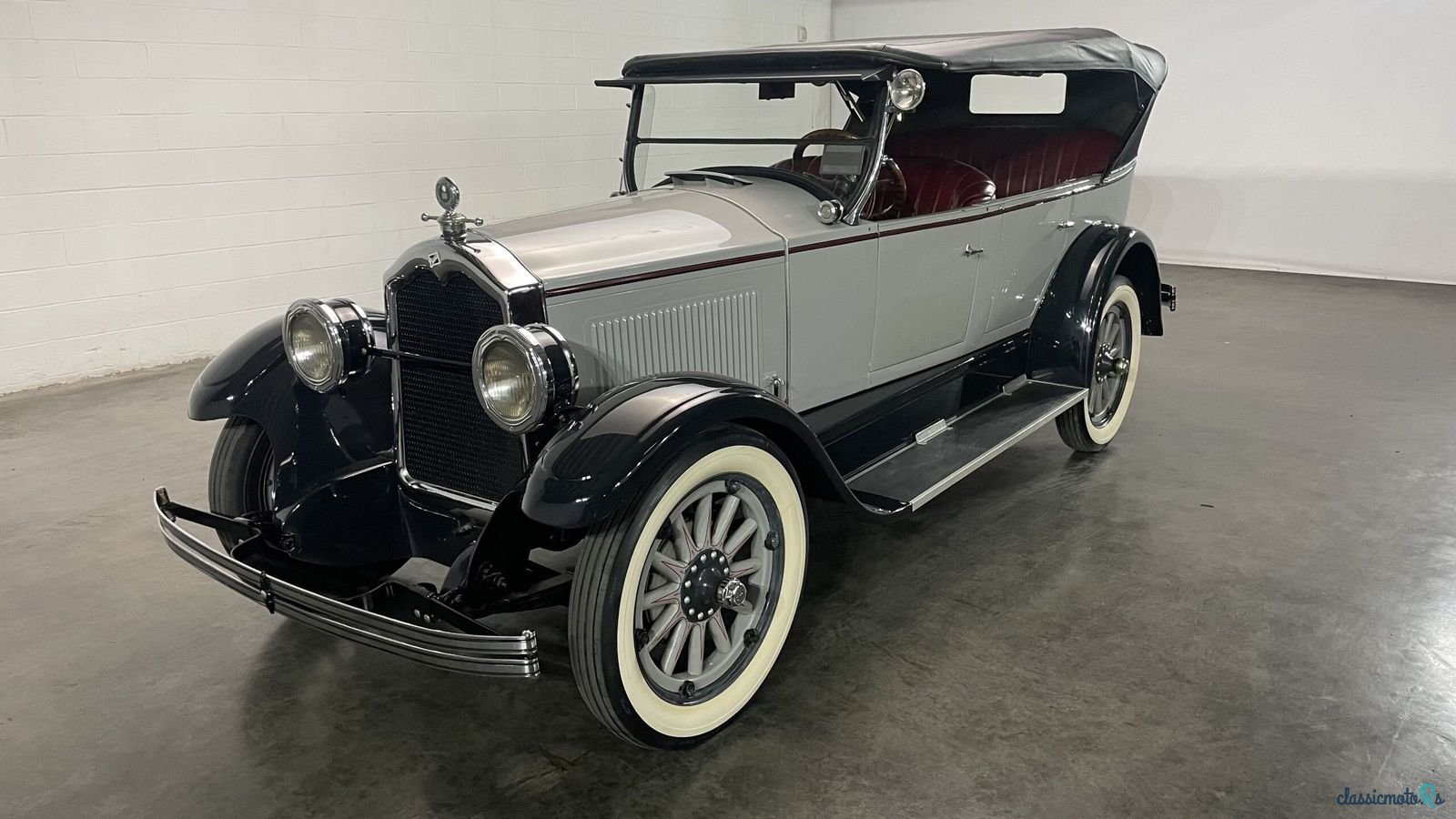
6 photos
1925' Buick Standard Six
Report This Ad!Rate This!Bookmark This
$77,500Published 28 November 2023
Updated 29 September 2024ID: qGml4g
Updated 29 September 2024ID: qGml4g
Expired
2 years ago
2 years ago
Information from the owner
Age: 99 years
Exterior color: Grey
Seller's comments about 1925' Buick Standard Six
The first of August 1923 was Buick Day, the day the 1924 models were announced, and it was no ordinary new-car introduction. At the forefront of the new features were four-wheel brakes. Buick claimed two and a half years of research in their design and 150,000 miles of road testing. External contracting all around, the linings had a novel anchor at the three-quarter point, which gave the majority of servo action in the forward direction while reserving some for reverse
Other new features included a larger six-cylinder engine, courtesy of a quarter-inch longer stroke, with higher compression and better breathing. The cars were bigger on the outside, roomier inside, and had stronger frames and axles. Styling, too, was updated, with the radiator shell given a contoured upper lip and fenders more highly crowned. The result was almost Packard-like, and reportedly the Packard people became concerned.
This car is the Standard Six Model 25S sport touring, with seats for five. The Merrick Auto Museum purchased it from Robert Lundberg of Franklin, North Carolina, in 1996. Handsome in light grey with dark grey fenders, it has pleated red leather seating and matching door pane. Wood-spoke artillery wheels are painted body color and accented with red pinstriping; they are mounted with 5.50-21 polyester whitewall tires. There are two spare tires on the rear. The valve-in-head engine is sanitary, painted green, and supplied fuel by a firewall-mounted vacuum tank
Buick sold nearly 200,000 cars in calendar 1925, placing it sixth in the industry, closely chasing Dodge.
Other new features included a larger six-cylinder engine, courtesy of a quarter-inch longer stroke, with higher compression and better breathing. The cars were bigger on the outside, roomier inside, and had stronger frames and axles. Styling, too, was updated, with the radiator shell given a contoured upper lip and fenders more highly crowned. The result was almost Packard-like, and reportedly the Packard people became concerned.
This car is the Standard Six Model 25S sport touring, with seats for five. The Merrick Auto Museum purchased it from Robert Lundberg of Franklin, North Carolina, in 1996. Handsome in light grey with dark grey fenders, it has pleated red leather seating and matching door pane. Wood-spoke artillery wheels are painted body color and accented with red pinstriping; they are mounted with 5.50-21 polyester whitewall tires. There are two spare tires on the rear. The valve-in-head engine is sanitary, painted green, and supplied fuel by a firewall-mounted vacuum tank
Buick sold nearly 200,000 cars in calendar 1925, placing it sixth in the industry, closely chasing Dodge.
